Introduction

Viltrox offers some of the best value AF lenses on the market and now they have come up with this AF 40mm f/2.5 at $158. It should be one of the least expensive fullframe AF lenses with Nikon Z mount and therefore quite interesting. 40mm is one of my favorite focal lengths. Closer to the human’s natural angle of view than a 50mm, and slightly wider than 50mm, it allows for more context to be included in the image. I prefer this focal length to a 50mm for street and everyday photography. The Viltrox Z 40/2.5 with its compact format is therefore an interesting lens. It is not a Viltrox “Pro” or “LAB” lens, which are their premium series, but very compelling nonetheless. Let’s have a look at it!
I tested this lens on a Nikon Z 7II with its 46 Mp sensor.
Sample Images


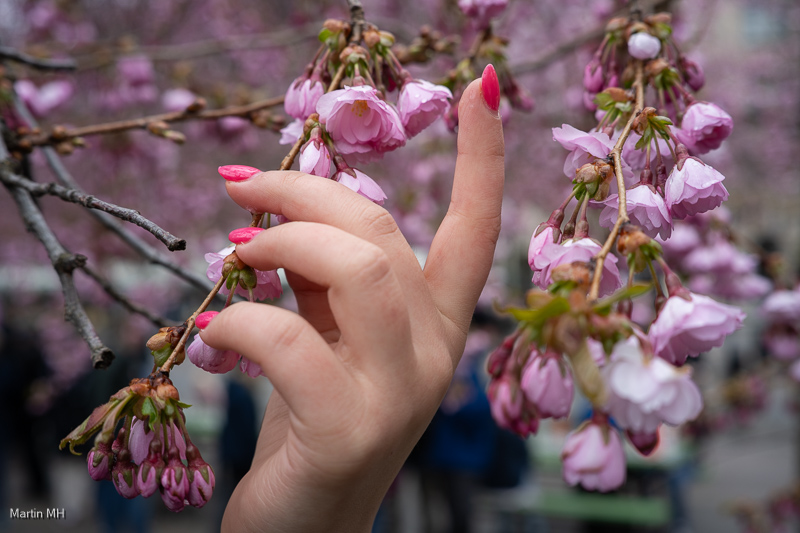





Most of the sample images in this review and many more can be found in higher resolution here.
Specifications
| Focal Length | 40mm |
| Angle of View | 57.8° |
| # of Aperture Blades | 7 |
| Max Aperture | f/2.5 |
| Min Aperture | f/16 |
| Min Focus Distance | 0.34 m |
| Filter Size | 52 mm |
| Lens Mount | Nikon Z |
| Weight | 180 g |
| Size (D x L) | 68 x 56 mm |
| Elements/Group | 10/6 |

Buy new: Viltrox Store (8%), B&H, Amazon.com for $158 (Affiliate links) |
Disclosure
Viltrox kindly provided this lens for test and review purposes.
Handling
The Viltrox 40/2.5 is quite simple, except the relatively large focusing ring, there are no other rings or buttons on the lens. The lens seems to be made of high quality plastic

The lens mount is metal though, which is good, and there is USB-C port on the mount plate for future firmware updates. Focus motor STM and lead screw. There is not weather sealing. Lens cap and a petal formed lens hood in plastic are included in the package.

The manual focus ring is also of plastic and turns smoothly. Manual focusing is precise. Autofocus is accurate and not loud.

The lens does not sport any image stabilization. Considering the budget price point, it has quite good build and handling characteristics.

Optical Features

Sharpness (Infinity)
For the infinity sharpness test, we look at three areas of the image, center, mid-frame, and corner, see highlighted areas in the image below!


Vignetting has been compensated for dark corners at f/2.5 to f/4 in post.
Wide open, the center sharpness is very good. The midframe is also very good, but not as good as the center, and the corners are just good. At f/4, the center sharpness is excellent. By f/5.6, both the center and the midframe reach excellent sharpness, but the corner sharpness is still just good. The lag in corner sharpness is mostly due to significant lateral chromatic aberration. If corrected, the corner sharpness improves to very good from f/5.6 onwards. From f/11 onwards, the sharpness decreases, and by f/16, the image becomes somewhat soft.
Sharpness (Portrait)
Let’s look at the points of interest for portraits at the portrait distance: the very center, the center’s inner periphery (1/3 rule intersection), and the center’s outer periphery (1/4th intersection).




At f/2.5 and f/2.8 the center and inner circle are very good, the outer circel is good. at f/4 both the center and inner circle become excellent and the outer circle’s sharpness reaches a very good level.
Sharpness (Close-up)







At close up we see some lack of contrast and glow in the, the sharpness is just good. At f/4 we get a very good sharpness and contrast, and the glow is gone. From f/5.6 we have excellent sharpness.
Lens Distortion
The Viltrox 40/2.5 is virtually free from distortion. There is a negligible amount of barrel distortion but not enough to care about.
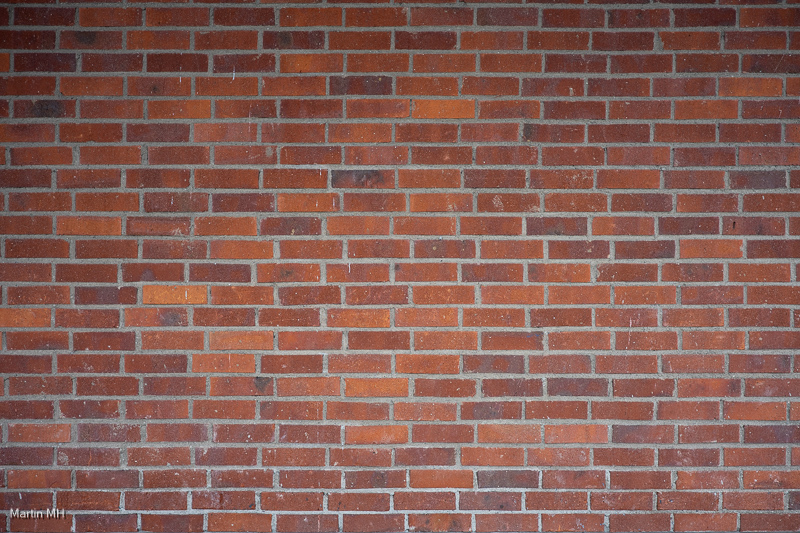
Vignetting
Vignetting is high at almost 3 EV wide open, but it clears up quickly at f/4 to a moderate level. It never clears up, and reaches 1 EV at f/8.

- F/2.5: 2.8 EV
- F/4.0: 1.7 EV
- F/5.6: 1.3 EV
- F/8.0: 1.0 EV
Focus Shift & Aberrations
The Viltrox 40/2.5 exhibits a mild focus shift. However, since it is an autofocus lens, this is not typically a significant issue for focusing, but makes the image at max aperture a little dull.
The lens also displays a considerable amount of longitudinal chromatic aberration. It is very noticeable at f/2.5-f/2.8, significantly reduces at f/4, and is almost entirely eliminated by f/5.6.




This Viltrox lens suffers exhibits an excessive amount of lateral chromatic aberration. This can be fixed in post-processing; otherwise, it can be disturbing.


This lens also seems to suffer from field curvature. As an example of its manifestation, look at the background softness/sharpness in front of the man’s face towards the corner and the center of the image.

Flare Resistance
Well, flare resistance has not been Viltrox’s strong point, and in a budget lens like this we should not expect any miracles. It is fair to say that there is a lot of room for improvement here.
Coma
The lens suffers from coma. To get rid of it you have to stop down to at least f/5.6. Unfortunately this has an effect on the the corner sharpness.



Sunstars
You can get sunstars from f/8 but they are very distinct, they get better at f/11 and look best at f/16. They get never well defined and the rays are not equally long.




Focus Breathing
The Viltrox 40/2.5 shows a very small amount of focus breathing, something for videographers’ joy.

Bokeh
The beauty of bokeh is a subjective matter. So, I show you a few images taken in different situations and at different subject to camera distances so you can see and judge by yourself. I can tell you what I think at the end of this section.
Bokeh Balls
The bokeh balls are not very large due to moderate aperture size, but due to the very low lens vignetting they keep a relatively round shape even on the edges and corners. There is some outlining around the bokeh balls and you can also see a weak onion ring pattern inside the balls. Furthermore, they get polygonal shapes with the slightest change of aperture from wide open.
Close Distance



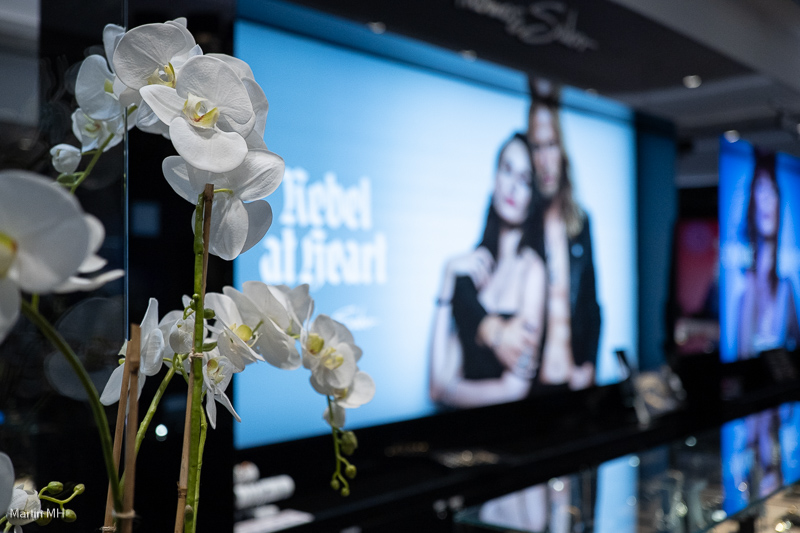

Mid Distance






Nikon Z 7II | Viltrox 40/2.5 | f/2.5
Long Distance



How do you find it? To my taste the bokeh of this lens is not one of Viltrox’s best. It looks somewhat busy in most situations. Most of the lenses can render the background blur decently soft if the subject is very close. I am not sure if this Viltrox can even do that in my eyes. You can very possibly like it but to my eyes something is not completely right with this lens in this department. It could be the aspherical lens element, the coma, the high chromatic aberration, the field curvature, or most probably a combination of them, the bokeh of this lens is not in the class of other Viltrox lenses.
Conclusion
| I LIKE | AVERAGE | I DON’T LIKE |
| Price Weight & Size Sharpness |
Sunstars Vignetting Corner sharpness Focus breathing Background blur |
Focus shift Coma Correction LoCA & LaCA Bokeh |
The Viltrox 40mm f/2.5 STM ASPH ED IF is a very compact and sharp lens. It delivers excellent sharpness in the center and midframe, even wide open. The build quality is also very good. Its compact size and low weight make it a highly portable lens, perfect for carrying around on walks, street photography, or travel.
However, its flare resistance, bokeh, and chromatic aberration performance are not top-notch. On the other hand sharpness is a higher priority for street photography, where a soft bokeh effect is less important. Additionally, the lens’ compact size makes it discreet, a valuable asset in crowded environments. The very attractive and budget-friendly price further enhances its appeal for street photographers, making it a compelling alternative to bulky zoom lenses. So, if you want a sharp, compact lens as a carry around, street, travel photo photography lens and are on a budget, and can handle flare and don’t see its bokeh as a huge problem, this could be a lens for you.
Writing articles like this one is both time-consuming and costs us a lot of money. If you found this article helpful and decided to buy one of these lenses, please consider using one of the affiliate links.
If you are not interested in buying any of the lenses, but you still found this article useful, interesting, or it saved you a lot of money, treat us to a coffee!
| Buy new: Viltrox Store (8%), B&H, Amazon.com for $158 (Affiliate links) |
Alternatives
Nikon Z 40 mm f/2
This lens is even more compact and offers a speed that is 2/3 stops faster at f/2. While the Nikon is sharp, it doesn’t maintain the Viltrox’s sharpness across the entire frame at the largest apertures. However, the Nikon does offer better control over chromatic aberration (CA) and coma. The bokeh is slightly better as well. Normally, this lens is more expensive with a stock price of $297. However, Nikon is running a discount campaign in May 2024, offering a $70 rebate.
Buy it from: Adorama, B&H, Amazon for $227 (affiliate links)
Buy it used: eBay for about $150 (affiliate links)
Voigtländer Ultron 40mm F2 SL II
With a length of 25-30cm (depending on mount), a true pancake lens, manual focus only, (Nikon F (FX), Canon EF, Pentax KAF), discontinued but available used for about the same price as a new Nikon Z or a little more expensive (300$-400$ used)
Buy it from: eBay.com (affiliate links)
Voigtländer Ultron 40mm F2 SL II -S
A newer version of the above with Nikon Ai-S mount, manual focus only and more expensive than Nikon’s without being any better (419$ new)
Buy from: Amazon.com, Amazon.de , B&H $419 (affiliate links)
Voigtländer Nokton 40mm 1:1,2 Aspherical
The fastest 40mm around, available in Nikon Z, Sony E/EF, VM mount. With its 315g weight, 54mm length, it is larger and heavier than the Nikon. Manual focus only but more than 2 stops faster, nicer bokeh, better sunstars and flare resistance, but more than 3 times more expensive (899$ new Nikon Z version)
Buy from: Amazon.com, Amazon.de , B&H fro $899 (affiliate links)
Sigma 40mm F1.4 DG HSM Art
Autofocus 40mm, 1.7 stop faster. With its 1200g weight and 131 mm length it is like a bazooka on your camera. Nikon F (FX), Canon EF, Sigma SA Bayonet, Sony FE mount. (799$ new)
Buy from: Amazon.de, Amazon.de , B&H for $799 (affiliate links)
Laowa Argus 45mm f/0.95
Not a 40mm but not far from, even faster than the Voigländer Nokton by one stop, more than 2.5 stops faster than the Nikon Z, which means 4 times more light to the sensor, nicest bokeh of all but with lemon shape bokeh balls instead of round ones, manual focus only, no electrical contacts whatsoever, available in Nikon Z, Sony E, Canon RF, 835g 110mm long (599$ new)
Buy from: Amazon.com, Amazon.de , B&H for $599 (affiliate links)
For other camera mounts there are several other alternatives like:
Canon EF 40/2.8 STM,
Autofocus. a true pancake lens, 22mm long, One third of a stop slower, much less bokeh potential,
Buy new: amazon.com, B&H for $149-$199 (Affiliate links)
Buy from: ebay.com for about $100 (affiliate links)
Sony FE 40mm F2.5 G
Buy from: Amazon.com, Amazon.de , B&H for $548 (affiliate links)
Zeiss Batis 40/2 for Sony FE
Buy from: Amazon.com, Amazon.de , B&H for $999 (affiliate links)
Voigtländer 40mm F1.4 Nokton Classic for Leica M
Buy from: Amazon.com, Amazon.de (affiliate links)
Voigtlander VM 40mm F2.8 Heliar for Sony E
Manual focus. One third of a stop slower, much less bokeh potential, 21mm long, the thinnest 40mm
Buy from: Amazon.com, Amazon.de (affiliate links)
More Sample Images



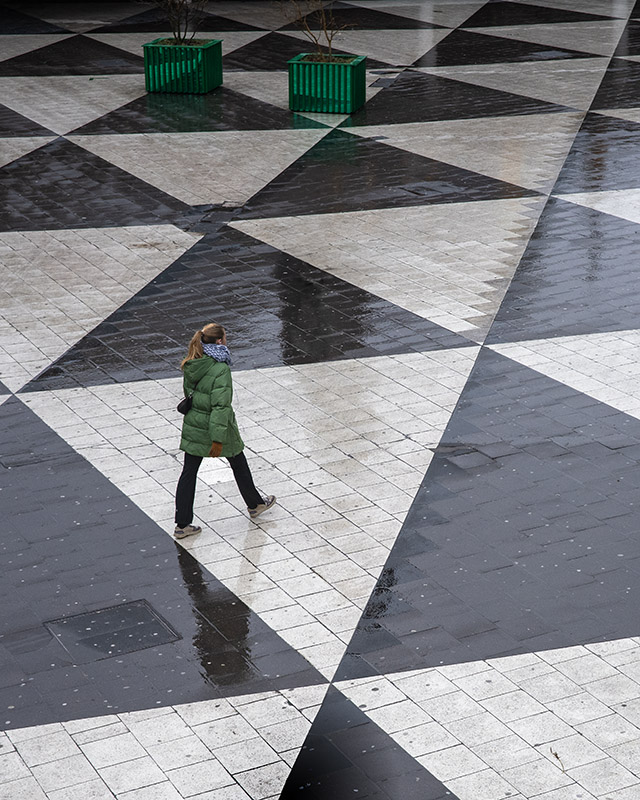






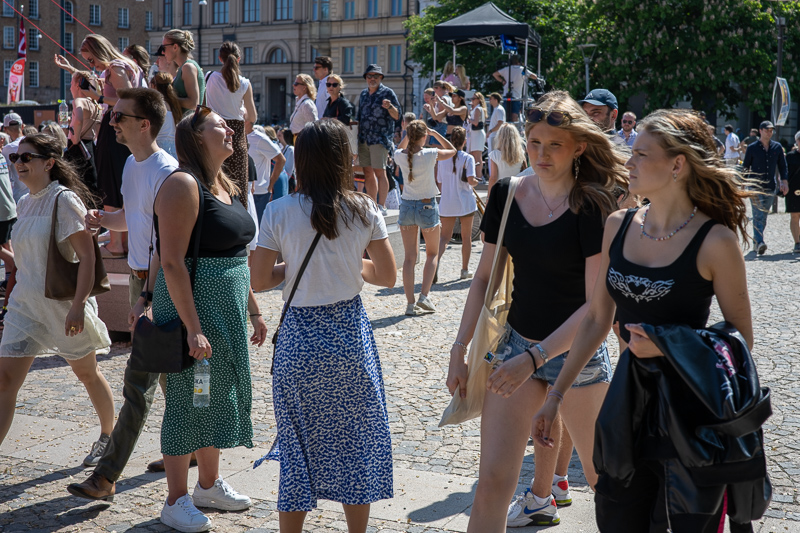





Most of the sample images in this review and many more can be found in higher resolution here.
Further Reading
- Review: Konica Hexanon AR 40mm f/1.8
- Voigtlander 40mm F1.2 Nokton Aspherical: An In Depth Review
- Review: Nikon Nikkor Z 35mm f/1.8 S
- What camera gear and accessories do I use most frequently?
Support Us
Did you find this article useful or did you just like reading it? Treat us to a coffee to show your appreciation!
![]()

(Donations via Paypal or bank card)
This site contains affiliate links, for which I may receive a small commission if you purchase via the links at no additional cost to you. This helps support the creation of future content.
Martin
Latest posts by Martin (see all)
- REVIEW: Nikon Z Nikkor 26mm f/2.8 - July 14, 2024
- Review: Walkingway Effect Filters: Black Mist, Streak, Star, Prism, and Soft Filters - June 20, 2024
- Review: Nikon Nikkor Z 28mm f/2.8 - June 16, 2024











Thank you for this review! To be honest, F2.8 prime lenses have always been a sort of enigma to me, unless being exceptionally compact, like pancake. Probably I’m spoiled by lenses like Sony FE 28/2, which are both fast and compact, although the IQ isn’t up to modern standards, especially wide open… Anyway, F2.8 is already in “zoom zone”, and in present time there are relatively compact and lightweight options on the market (not like my 1-kg EF 24-70/2.8L I from 2008). This Viltrox lens is a tiny bit faster than F2.8, although still one full stop slower that your average “nifty-fifty”.
(I’m afraid, there’s a typo in your “Alternatives” section – the EF 40/2.8 is just 1/3 EV slower, not 1.33 EV.)
I am with you on this.
Primes with a maximum aperture of f/2.8 in the 24-200mm range either need to be very compact or a macro lens or super cheap to make sense considering we have such good f/2.8 zoom lenses these days.
In this case, it is very cheap for being a full-frame prime lens, and it is somewhat compact.
Yep. The Sony G 40 “2,8” has plenty of fans, is a bit smaller and significantly more expensive and its bokeh to my eyes looks more or less the same as these shots (not super attractive). Cheers for the review at any rate, some nice shots (in spite of the bokeh 🙂 )
Thanks.
Most F2.8 lenses are more compact than their F2 or F1.4 siblings. That is for me the main benefit. You have the choice in going big, heavy and bright or small, light and dark.
I use primes most of the time. When I want to go light I pack the Sony ZA 35mm F2.8 to bring a unsuspicious small lens that focuses fast and silent. And I pack a second bright manual prime for the occasions I want to go for extra bokeh or darker situations.
Even in a time of everyone owning a smartphone and taking hundreds of photos a month, of selfies and food purn people seem to be more paranoid about being photographed than ever. When I was taking some test photos with some manual lenses lately on a busy day with lots of people outside I found people on the final images shielding their faces or looking with a sceptical look into the camera. I was standing for quite some time at the same spot with a camera and a small lens to take some shots at different aperture settings. Very suspicious even today. So a small camera with a small lens that auto focus fast might get people more relaxed because they do not feel so watched.
That is very true.
You are right, but in the case of this lens, do not forget the price. Not everybody afford to buy a fast prime or a premium zoom. For somebody that has got a kit zoom with an aperture range of f/4-5.6 and also is on a budget, lenses like this one make a lot of sense.
Perhaps, but I suspect that most would still opt to remain with the kit zoom and save cca 150 eur, or buy something like Minolta MD 35-70mm macro, Konica 40mm, Minolta MD 35 or 45mm, or just one of the oh so many fast vintage 50mm lenses or cheap modern 50mm F1.8 to accompany or replace the kit option. You could have 3 fun lenses for the price of this one, sacrifice a thing or two, gain an advantage or two as well…
The way I see this, and I may be wrong, you really need to want the following things to go for this lens: 40mm, sharpness before nice rendering, low distortion, AF.
If you want all those things and are on the budget, this lens makes great sense. But for me 40mm is one of the “street” FLs, as well as within the portraiture range. For street shooting I’d much prefer MF, for portraits I’d want more speed and nicer bokeh than this.
I don’t see many people who can tick all the boxes with this lens, as there are other cheap primes these days that may be less perfect in some ways, but more fun and useful in other ways. It’s a decent lens, but there are many decent lenses…
Not gonna lie, I don’t see the appeal of this lens. It should be half the size for these parameters.
Very good, then at least you know not to spend any money on this lens, so it saved you some money 🙂
True haha 🙂
I’d love to see some more samples in sunlight, if you happen to casually shoot this lens ever. Bastian seems to do a good job of that 🙂
Regarding optical construction, I’m happy to see another modern planar-constructed lens.
Unfortunately during the period I was testing that lens sun did not show often. When the clouds opened up for a couple of hours, I took the flare section images. But we have more sun now, I can take a couple of shots, would you like to see backlighted subjects or sun in any angles would do?
I added a few sunny images to the end of the article.